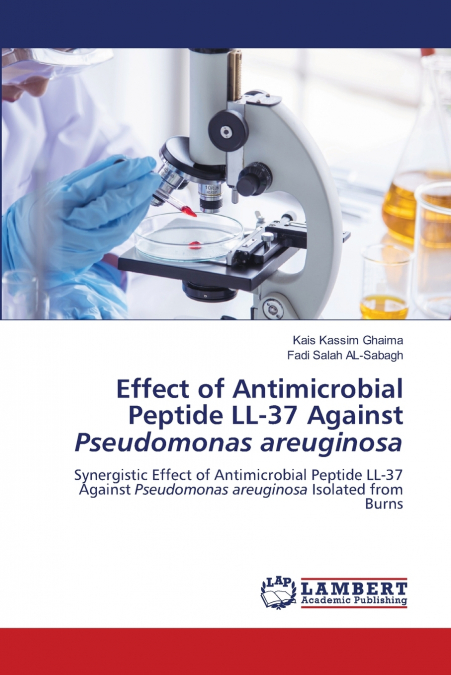
Fadi Salah AL-Sabagh / Kais Kassim Ghaima
A total of 39 P. aeruginosa isolates were used to detect the development of biofilms using the Microtiter plate method; 10 of these isolates were clinical isolates with significant levels of antibiotic resistance. The minimum inhibitory concentrations (MICs) of the antimicrobial peptide LL-37 against eight isolates of P. aeruginosa that were multidrug resistant were determined using a microtiter plate assay with resazurin dye. Meanwhile, the MICs of ciprofloxacin were determined using the same isolates and the same method, and the results showed that the inhibitory activity ranged from 7.8 to 125 μg/ml. The results of the checkerboard method’s analysis of the synergistic effect of the combination of LL-37 and ciprofloxacin showed that the MICs for both antimicrobial peptides were lowered to extremely low levels, with FIC ranging from (0.0024-0.26 μg/ml).According to our findings, local isolates at sub-MIC values significantly down-regulated the genes involved in biofilm formation. For the six isolates, the fold of lasI gene expression with LL-37 peptide alone ranged from 0.18 to 0.97, and there was a down-regulation of the gene expression compared to the control.